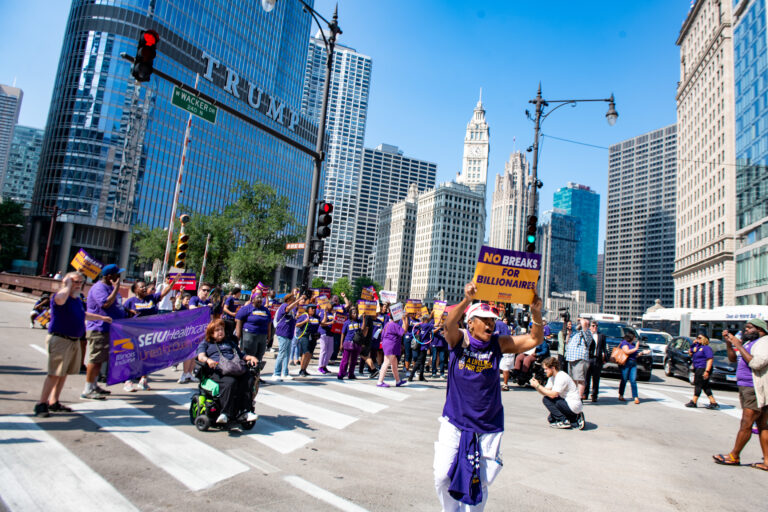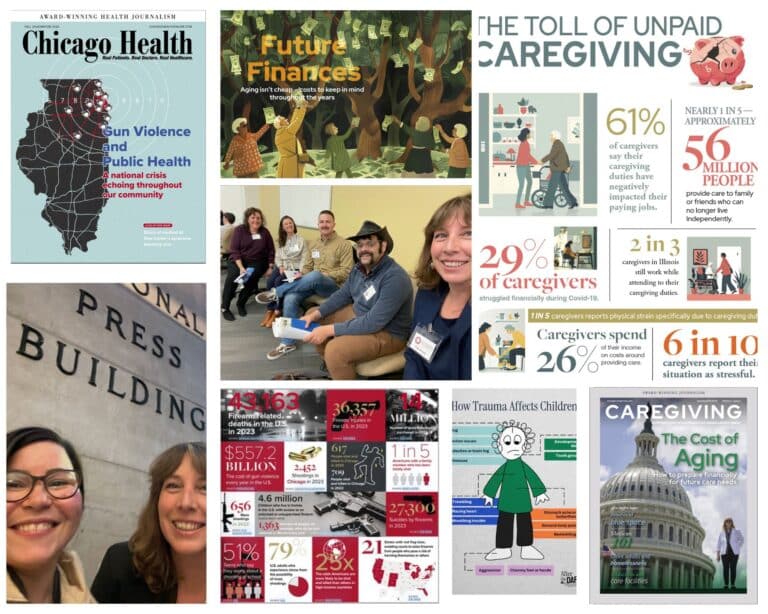Last summer, I picked up tennis after a 30-year hiatus. I joined a summer tennis club and headed to the store to buy a new racket and shoes. I eagerly signed up for lessons and drill groups and played with whoever would have me.
But after three weeks of playing, I felt the first twinges of discomfort in my elbow. Six weeks in, I was in agony. Even with a bag full of elbow braces and loads of advice from players and pros, nothing seemed to help. The diagnosis: tennis elbow, a painful condition that can occur when tendons are damaged by repetitive or strenuous overuse.
Tennis elbow, or lateral epicondylitis, is a result of repetitive microtrauma and healing attempts of a tendon that attaches around the elbow. The tendon is part of a group of forearm tendons and muscles that are responsible for extending your wrist and fingers — thus, the pain when delivering a tennis serve.
Tendon pain can also be from tendinitis, in the case of those who newly take up tennis or have not played in a long time, or tendinosis, a degenerative condition that starts for some in middle age, says Nicole Kauppila, OT, manager of occupational therapy services at Athletico in Oak Brook. These conditions can also be caused by other activities, such as gardening, housework, CrossFit or other activities involving repetitive motion, she says.
Tennis elbow can occur after a long winter hiatus or after overuse from an extended summer on the court.
“I didn’t really notice it until after the season,” says recreational tennis player Alyson Ryan, 53. “Suddenly I had pain in my elbow when I would reach for things. On a trip, I couldn’t pull my suitcase without a lot of pain.”
Preventing tennis elbow
So what can tennis players do to avoid this problem?
“Tennis players, especially if they don’t play much, need to look at swing technique and work with an instructor so they have proper mechanics,” says Richard Kang, MD, an orthopedic surgeon at Illinois Bone & Joint Institute, who specializes in arthroscopic surgery and sports medicine.
Kang advises tennis players to assess their racquet, as some oversized racquets are too big or heavy. He also says to check your grip size and make sure you have proper tension — if tension is too high it can lead to increased stress loads in the elbow.
Also, get into shape — with your tennis game and your overall fitness.
“If you have not played all winter, you want to be in decent cardio and upper-body shape,” Kauppila says. “If those muscles are weak, you use your arm muscles differently and that can cause stress.” If you’re getting back into tennis after some time off, start gradually, she says, and practice hitting balls from a tennis ball machine or off a wall before getting into games.
Diagnosis and treatment
If you’re suffering from pain radiating from your elbow, forearm or wrist, Kang and Kauppila advocate seeking a proper diagnosis so you can pursue an appropriate course of treatment. First-line treatments include anti-inflammatory medications, physical therapy, activity modification and bracing. If first-line treatments don’t resolve the pain, a doctor can inject cortisone into the site to help relieve pain.
That’s what happened with Ryan, who cycled through various approaches. She started with the usual complement of treatments: ice, ibuprofen and exercises. When those failed to help, she moved on to electrical stimulation on her arm, massage, manual manipulation, ultrasound and ultimately cortisone shots, which, though painful, finally helped.
Some patients have found relief with injections of platelet-rich plasma (PRP), Kang says. With this treatment, a patient’s own blood is put in a centrifuge and separated into a platelet-rich fluid that contains growth factors. This can then be injected into the elbow at the site of the injury. Some studies have shown that PRP can be beneficial to recovery and lead to long-lasting effects.
PRP treatment shows promise but is not covered by insurance. And, Kang adds, it’s still a bit new. “You have to tell patients that the literature generally supports the use of PRP, but with some mixed results, so we typically try other options first.”
Most patients respond to conservative measures to treat tennis elbow, but when all else fails, surgery to remove damaged tissue usually resolves the issue, Kang says.
Personally, I am undecided if I will risk the pain of tennis elbow again this summer. But if I do play tennis, I will follow Kauppila’s advice and start slow, warm up and work on strengthening my core.
The weather is improving and the courts beckon. But just because it’s tennis season doesn’t mean we need to suffer from tennis elbow.














